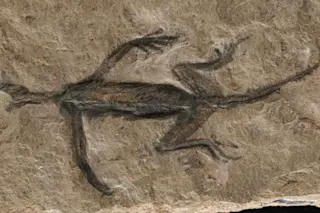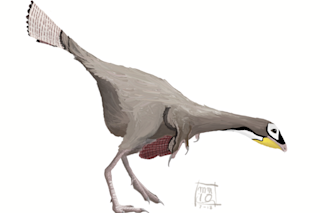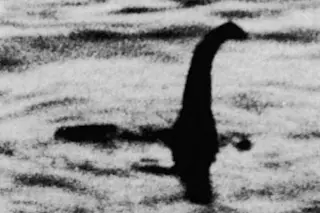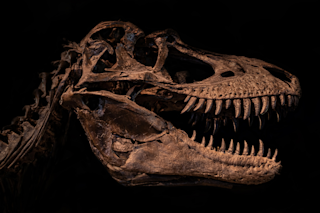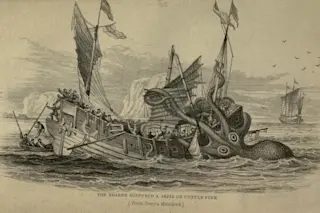Ever since her discovery, the T. rex named Sue has suffered years of legal wrangling. Commercial fossil collector Peter Larson found the skeleton—the best-preserved Tyrannosaurus specimen ever unearthed—on Indian reservation land in South Dakota in 1990. Since the federal government had claims on the land, it confiscated Sue’s skeleton, brought various charges against Larson, and threw him in jail, from which he emerged last August. In October, Sue was auctioned off at Sotheby’s in New York for $8.4 million to the Field Museum of Chicago, backed by McDonald’s and Disney. The proceeds will go to the owner of the land, who had originally sold Larson the fossil for $5,000.
This year also brought the news that in life Sue may have suffered from a different kind of agony: gout. Paleontologist Kenneth Carpenter of the Denver Museum of Natural History managed to make a cast of Sue’s forearm and hand before ...



